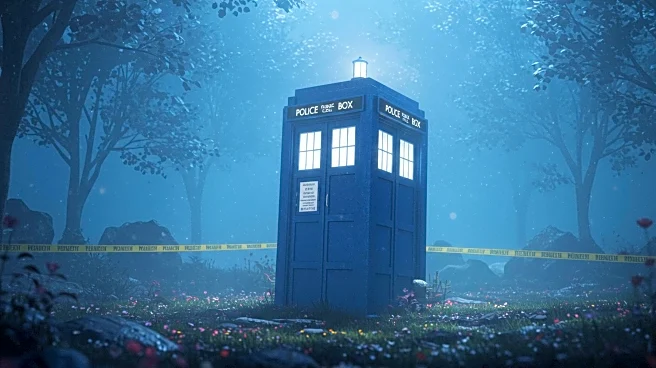What's Happening?
The 'Sex and the City' sequel series 'And Just Like That' has concluded after three seasons, leaving audiences with mixed feelings about its portrayal of iconic characters in late middle age. The series attempted to balance nostalgia with modern social themes, introducing a more diverse cast and addressing contemporary issues. Despite initial criticism for its awkward integration of new social politics, the show gradually found its stride, with characters like Seema Patel and Lisa Todd Wexley gaining prominence. The series explored themes of aging, privilege, and personal growth, while maintaining the extravagant style of its predecessor.
Why It's Important?
The conclusion of 'And Just Like That' marks a significant moment in television, reflecting the challenges of updating beloved franchises to resonate with contemporary audiences. The series' attempt to address modern social issues highlights the evolving landscape of TV storytelling, where diversity and representation are increasingly prioritized. The show's mixed reception underscores the complexities of balancing nostalgia with progressive narratives, offering insights into audience expectations and the cultural impact of long-standing franchises.
Beyond the Headlines
The series' exploration of aging and privilege offers a deeper commentary on societal norms and the evolving roles of women in media. By addressing issues like grief, dating in middle age, and personal growth, 'And Just Like That' contributes to broader conversations about representation and the portrayal of mature characters in entertainment. The show's legacy may influence future productions seeking to blend nostalgia with contemporary themes, shaping the direction of TV storytelling.











